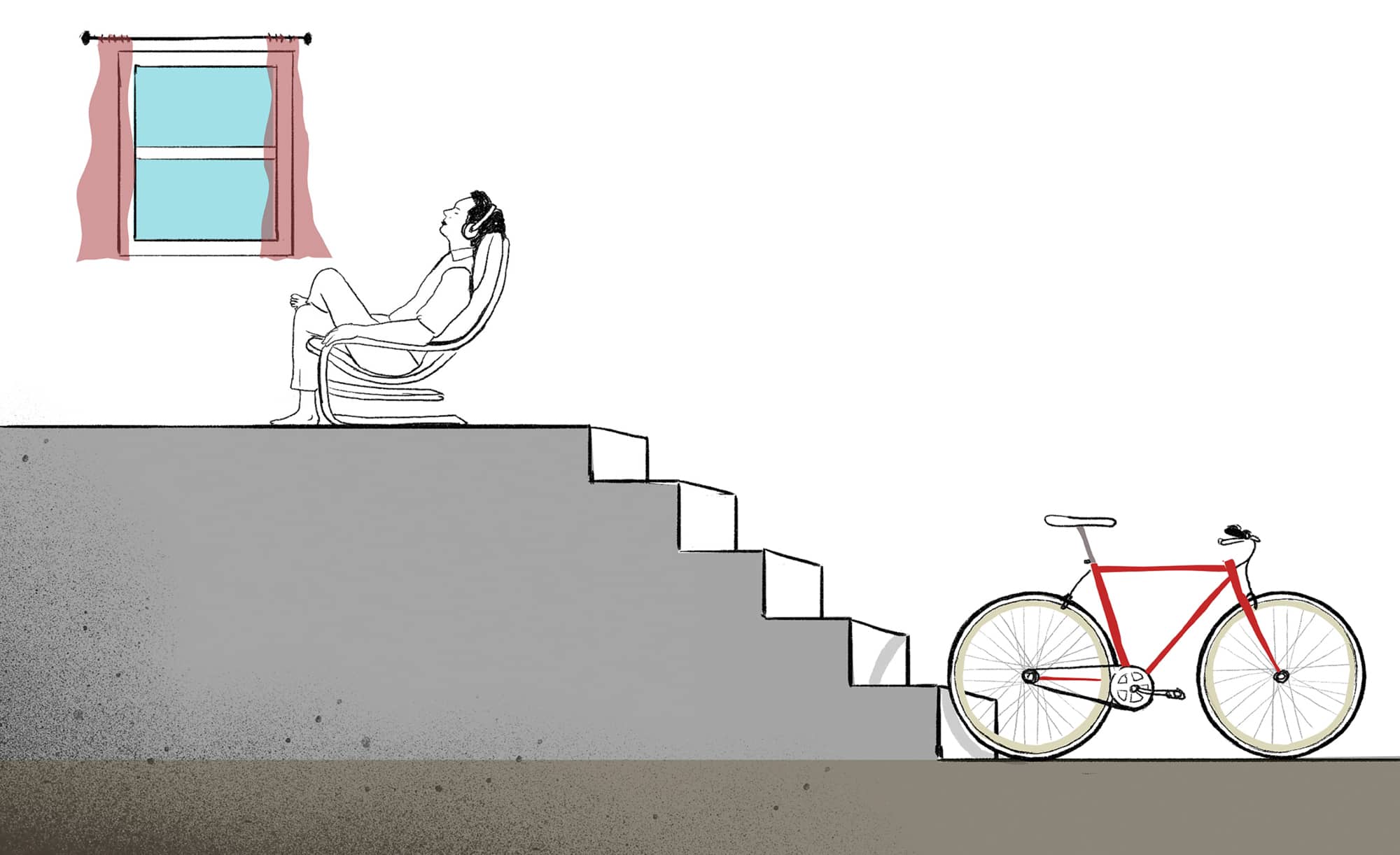Making Time for Solitude
There is no need to head for the hills and live in a monastery to bring spirituality into the home; we can create spaces in which to sit, contemplate, meditate and breathe wherever we are. If we can find some calm in the home, it allows us to head out into the world recharged and rested, ready to face whatever the day brings. Whether we’re in a large, loud family or a small city-centre apartment, there is always a way to create a spiritual space that works for you.

FINDING CALM
For some, the biggest hurdle to spiritual growth at home is their conviction that, to grow spiritually, they need to live a minimalist Zen life with no possessions. This attitude prevents many from even trying to incorporate simple practices into daily life. The truth is, people are always people and bare surroundings aren’t magic: ancient Buddhist writings illustrate how, despite having few possessions and a life focusing solely on spirituality, even monasteries were not free from personal tensions, disagreements and jealousies.
Society has changed beyond comparison since these early fifth-century texts. Today, life in the home offers more freedom and opportunities for new activities, perhaps learning a language, writing a book, setting up a new business, doing a live online yoga class – all in the comfort of our own front rooms. So given all the busyness of modern life, how do we make space for our souls?
CREATE A SPIRITUAL SPACE
Create a space where the busyness stops. As author and activist Anne Lamott says, ‘Almost everything will work again if you unplug it for a few minutes, including you’. There are various ways to do this, and you don’t need to set aside a whole room. You might set up a reading nook, or putting a chair by a window to sit down to reflect and look out. Some people love to create a sacred area, and use flower petals and often a statue or icon of worship. You can even make a tiny sacred space just in your own field of vision: gazing at a candle flame is a great focal point when relaxing and slowing down. Owning this space in the home helps to take you out of the daily life and ground you into a more spiritual practice. You can create very simple rituals, such as listening to a meditation app when you have a spare moment, or writing a gratitude journal first thing in the morning to get the day off to a positive start, or just sit quietly and let the world wash over you.
What about living with children and other people? Does this make it more of a challenge for us to create a mindful, peaceful space in the home? In some ways, yes: there’s no point pretending that children are always creatures of quiet contemplation and perfect stillness. As well as being enchanting, they are noisy and demanding, calling for our emotional energy, our practical care and our constant attention. Bringing up children can be all-encompassing, but at the same time teach us many lessons about ourselves, cultivating skills in patience, endurance and generosity. Living with others takes away privacy, but can also offer companionship and, hopefully, emotional support (even if it also sometimes calls on us to be patient as well). It may be difficult to find a silent moment, but even if you can only manage a few minutes in a corner while the racket goes on nearby, or have to wait till the kids are asleep, you can try putting on some headphones, closing your eyes, and creating a quiet space within yourself. All this is excellent discipline, but it’s also quite all right to ask others to give you time to reset. There’s nothing selfish about making sure you’re well and happy enough to be your best self around those you love.